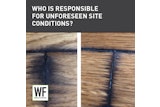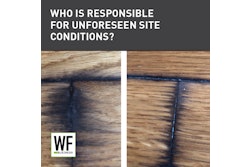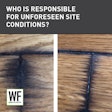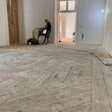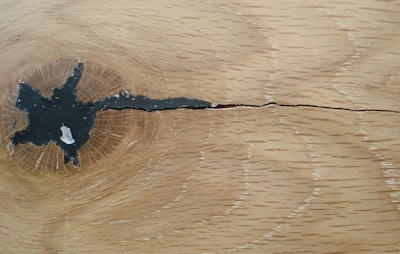
The Homeowner's Issue
During the fall, a customer asked a retailer to come look at his engineered wood flooring because it was splitting around the knots and ends.
The retailer and the installer inspected the flooring and saw the problems for themselves. They determined the RH and temperature of the home were within the manufacturer's specifications, but the flooring MC was below 6 percent. The retailer told the customer there is a warranty for these types of "structural defects" and offered the customer a new floor. After the retailer and installer left, the customer, spooked after hearing the word "defect" and worried about whether the installer was skilled enough to install a replacement floor, called for an inspection.
Roy: The Inspector's Observations
I came two months later and obtained a flooring MC of less than 6 percent, which was below the manufacturer standard. Further inspection revealed the RH had been maintained at 20 percent instead of the minimum of 35 percent required by the flooring manufacturer. I observed that the floor was installed over radiant heat, and the customer was using a small humidifier for the entire first floor of the home.
The customer revealed that the GC provided a home care guide during the closing on the home, but the guide advised only to "watch for low humidity," and did not outline manufacturer requirements. I concluded that the splitting in the customer's floor was due to a decline in MC caused by exposure to low RH conditions.
Blake: The Attorney's Analysis
Who is liable? The low RH levels mean we can rule out the manufacturer, and there are no facts to suggest it was the installer's fault, either. Although the retailer promised the customer a new floor, the promise was made after the purchase was made, so the retailer would not be legally bound by those words.
The GC provided a written instruction to "watch for low humidity," and absent something in the GC's customer contract requiring more, this should have been enough to cause the customer to check into exactly what was needed (he did actually try to address the low humidity, but he was using a humidifier too small for the room). Unless it turns out one of the other parties told the customer that using that small of a humidifier would be sufficient, considering all of the facts known at this time, in my opinion, in this case, the buck stops with the customer.










